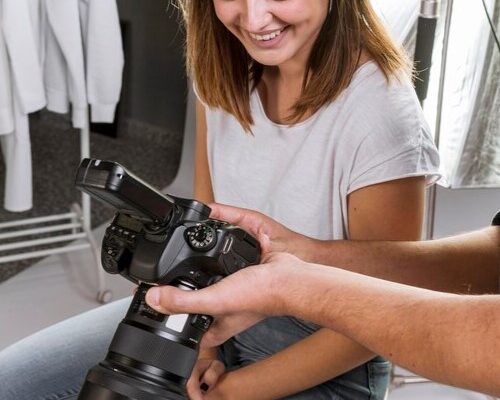The Lumix S1R II Hybrid Camera is a true masterpiece for those who demand versatility…
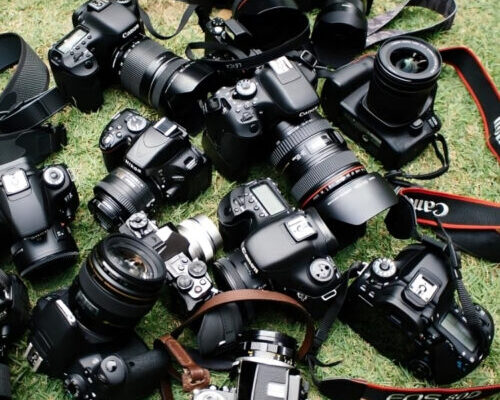
Top 10 Best Cameras for Photography
Choosing the best camera can really help you with photography. If you’re new or have some experience, the right camera lets you take clear and detailed pictures. Beginners may prefer simple cameras with auto settings, while professionals often want higher image quality, faster focus, and more control over settings. There are different types of cameras, like small ones for travel, DSLRs for clear photos, and mirrorless cameras that balance quality and easy handling.
The best camera depends on what you need. If you’re new to photography, simple models with easy controls are a good choice. Experienced users may want a camera with manual settings to practice and improve. For professionals, high quality cameras give better pictures and performance. In this guide, we’ll look at some of the best cameras for all levels, helping you choose one that fits your style and budget.
Here’s the Top 10 Best Cameras for Photography
1.Canon EOS Rebel SL3 or 250D
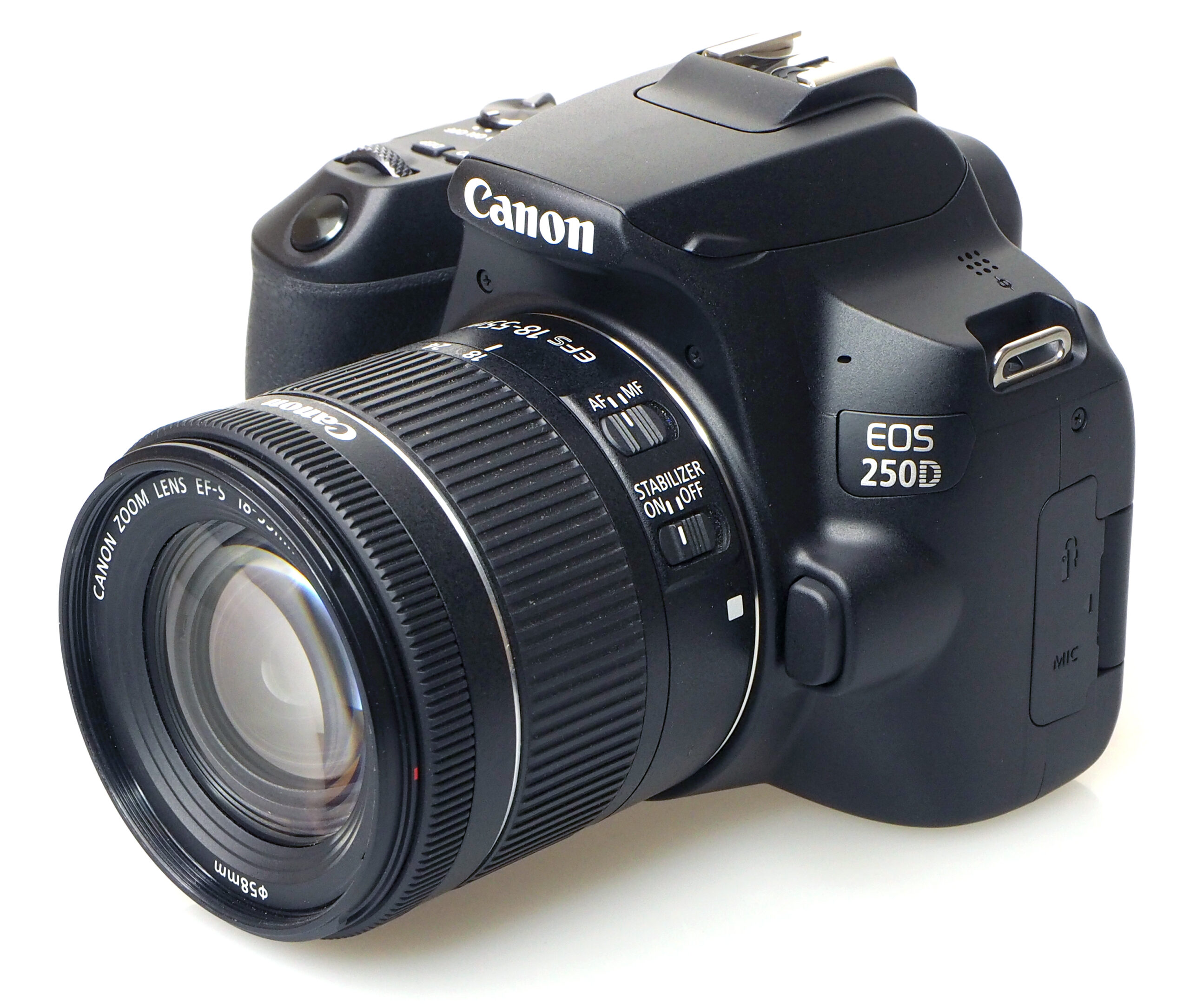
The Canon EOS Rebel SL3 / 250D one of the best camera for photography and a great choice for beginners who want to take bright and clear photos. It has a 24.1 megapixel sensor, which helps take clear pictures with lots of detail. The camera is small, making it easy to carry for trips or daily use. It also has a touchscreen that that flips and rotates, so you can take pictures from different angles or even selfies. The controls are easy to understand, so new users can learn fast without feeling confused.
One of its best features is the Dual Pixel Autofocus, which helps focus on subjects quickly and smoothly.. This is great for taking pictures of moving things like pets, kids, or sports. It can also record 4K videos, so your videos will look clear and detailed. The camera has Wi Fi and Bluetooth, so you can send pictures to your phone quickly. With a long battery life, you can take many photos. This camera is a great choice for beginners who want a simple camera with useful features to get better at photography.
Pros
- Easy to use
- Small and easy to carry
- Clear photos
- Flip touchscreen
- Long battery life
Cons
- Limited 4K video
- Few focus points
- Not great in dark places
- No built in stability
- Basic starter lens
2.Olympus OM-D E-M10 III
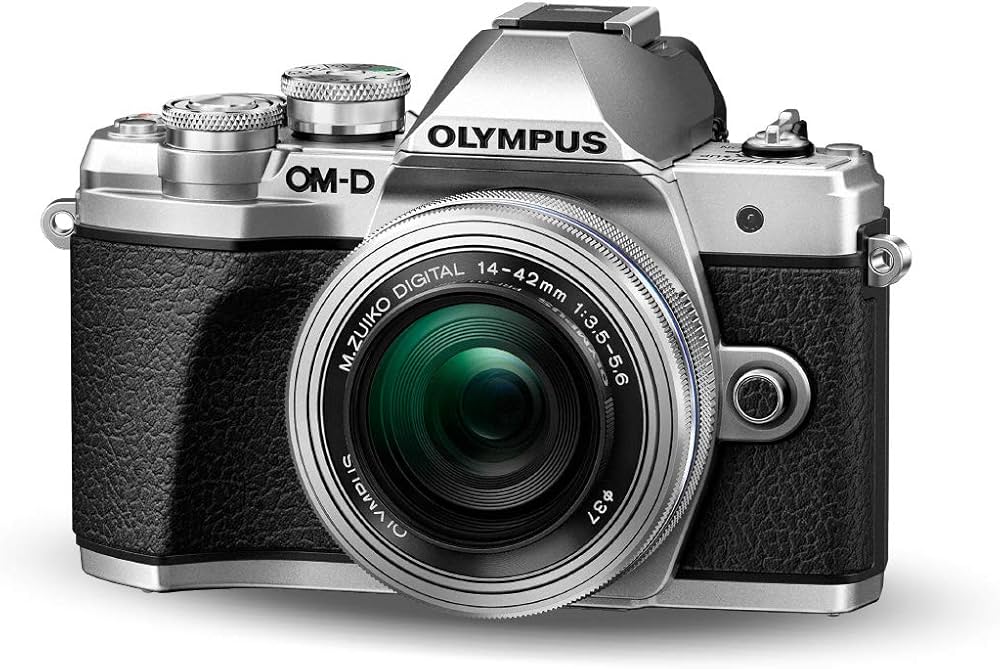
The Olympus OM-D E-M10 III is a good camera for beginners who want high quality photos in a small and lightweight design. It has a 16 megapixel sensor, which helps take clear and colorful pictures. The camera is easy to use, with simple buttons and automatic settings that make taking photos easy. It also has a screen that tilts, so you can take pictures from different angles or tap the screen to focus fast.
One of its best features is the built in image stability, which helps reduce blur when taking pictures or recording videos. This is helpful in low light or when holding the camera without a stand. The camera can also record 4K videos, making it great for taking clear and bright moments. With built in Wi Fi, you can quickly send photos to your phone and share them fast. Overall, the Olympus OM-D E-M10 III is a great choice for beginners who want a simple camera with useful features.
Pros
- Small and easy to carry
- Built in image stability
- Tilting touchscreen
- 4K video recording
- Wi Fi sharing
Cons
- Lower megapixels
- Small buttons
- Autofocus is slower in dark places
- No mic input
- Short battery life
3.Nikon D3500
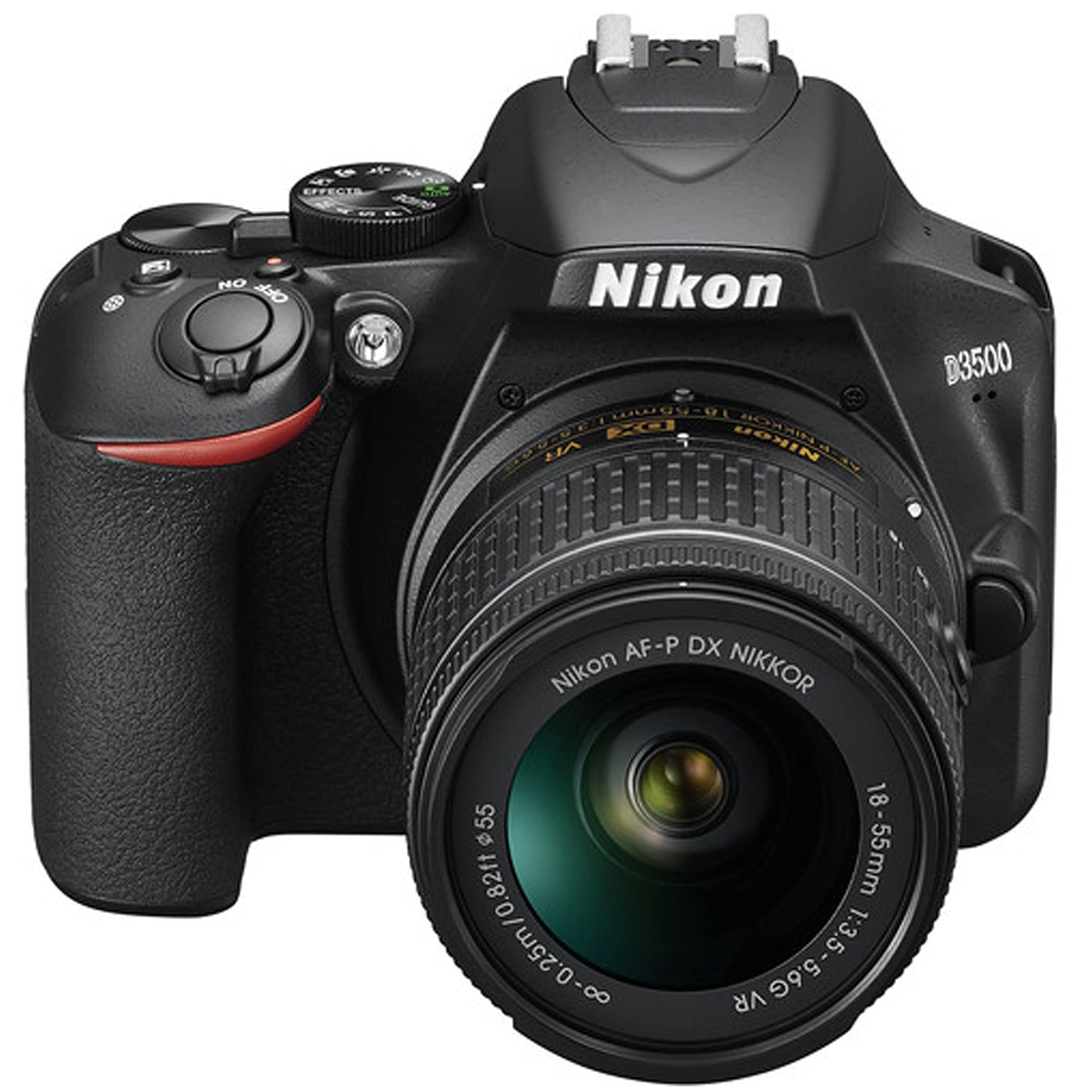
The Nikon D3500 is a great camera for people who have some experience with photography and want to improve their skills. It has a 24.2 megapixel sensor, which helps take clear and detailed photos. The camera is lightweight and easy to hold, making it comfortable to use for a long time. It also has a strong battery that lets you take many photos. The Guide Mode is a useful feature that helps users learn how to change settings and take better pictures.
Even though the D3500 takes great photos, it cannot record 4K videos, which might be a problem for those who want very clear videos. It also does not have a touchscreen, so you must use buttons to change settings. But the autofocus is quick and works well, making it great for taking pictures of moving things. The Nikon D3500 is a good choice for beginners moving to the next level looking for a simple and dependable DSLR.
Pros
- Takes bright and clear pictures
- Easy to use
- Long battery life
- Fast autofocus
- Easy to carry and hold for long periods
Cons
- No 4K video
- No flip screen
- No touchscreen
- No built in Wi Fi
- Fixed autofocus in video
4.Panasonic Lumix TZ200 or ZS200
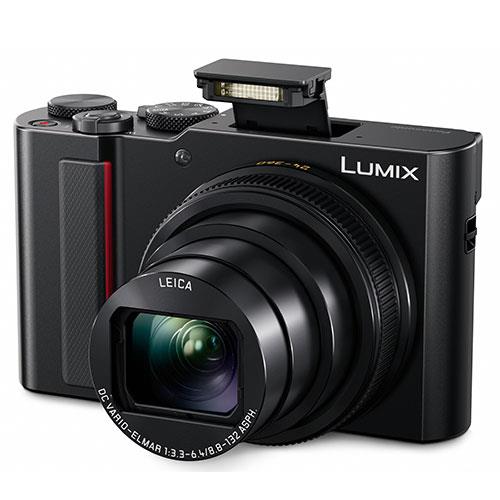
The Panasonic Lumix TZ200, also known as the ZS200, is a small camera that works well for beginners and people with some experience. It has a 20.1 megapixel sensor, which helps take clear and detailed pictures. One of its best features is the 15x zoom lens, letting you take close up shots of things far away. The camera is also small and lightweight, making it easy to carry for travel or daily use. It has automatic modes for beginners and manual options for those who want to try different settings.
For video, the TZ200/ZS200 can record in 4K, giving you clear and detailed videos. It also has a touchscreen, which makes it simple to focus and adjust settings. The battery lasts long, but using 4K video and zoom often can make it run out faster. Because it has a small sensor, it may not work well in very dark places. Still it is a great option for anyone who wants a flexible and easy to carry camera with good zoom and picture quality.
Pros
- Takes clear and detailed images
- 15x zoom
- Small and easy to carry
- 4K video
- Touchscreen
Cons
- Not great in dark places
- No fully tilting screen
- Battery drains faster with 4K
- Limited manual controls
- Small sensor
5.Canon Ixus 185 HS
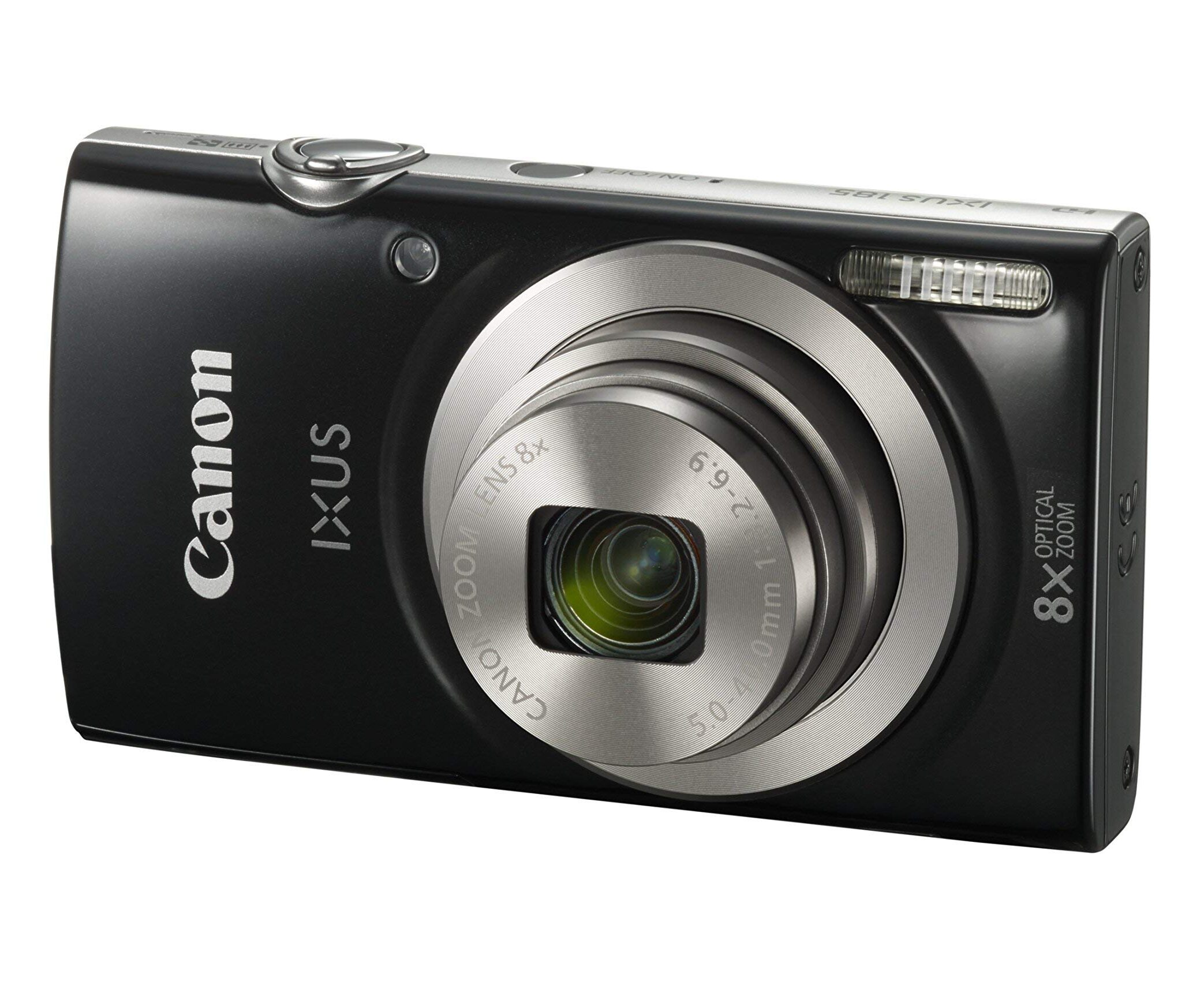
The Canon Ixus 185 HS is a small and easy to use camera, perfect for beginners or anyone who wants an easy way to take pictures. It has a 20 megapixel sensor, which helps take clear and colorful photos. The 8x zoom lens lets you take both close up and distant shots without losing quality. Since it is light and small, it fits easily in your pocket, making it perfect for travel and daily use.
This camera has automatic settings, so you don’t have to adjust anything to take a nice picture. It has face detection, which helps focus on faces for better photos of people. But it cannot record Full HD or 4K videos, and it is not good in dark places. But still the Canon Ixus 185 HS is a great option for those who want a simple, affordable, and portable camera for everyday pictures.
Pros
- Small and easy to carry
- Easy to use
- 8x zoom lens
- Face detection
- Affordable
Cons
- No Full HD or 4K video
- Not great in dark places
- No touchscreen
- No Wi Fi or Bluetooth
- Limited manual controls
6.Nikon Coolpix W300

The Nikon Coolpix W300 is a strong and simple camera, perfect for families who enjoy outdoor trips. It is waterproof, shockproof, and dustproof, so you don’t have to worry about breaking it or getting it wet. This makes it great for the beach, swimming pool, hiking, or even taking photos underwater. It has a 16 megapixel sensor, which helps take clear and colorful pictures, and a 5x zoom lens to take both wide and close up shots.
This camera also records 4K videos, making it a good option for saving important moments in high quality. It has built in Wi Fi and Bluetooth, so you can quickly send photos to your phone and share them. The GPS feature helps track where you take your pictures, which is useful for travel. But it is not great in dark places, and the buttons are small and can be hard to press. But still the Nikon Coolpix W300 is a great pick for families who want a tough, waterproof camera for fun and trips.
Pros
- Waterproof and shockproof
- Easy to use
- 4K video
- Wi Fi and Bluetooth
- GPS feature
Cons
- Not great in dark places
- Small buttons
- Fixed lens
- Short battery life
- No manual settings
7.Fujifilm X-T3

The Fujifilm X-T3 is a high quality camera made for professionals and experienced users. It has a 26 megapixel sensor, which helps take clear and detailed pictures with beautiful colors. The camera is fast and strong, making it great for sports, action, and wildlife shots. It also has a fast autofocus system, so you can take clear photos of moving subjects. The old fashioned design gives it a classic style, but it also has new features like a touchscreen and digital camera viewer.
This camera is also great for recording videos, offering 4K video at high speed, makes good for videographers. It has many manual controls, allowing professionals adjust settings easily. But it does not have built in image stability, so you need a steady hand or tripod for smooth shots. It is also not easy for beginners since it takes some learning to use all its features. But still the Fujifilm X-T3 is a good option for professionals looking for a strong, stylish, and high performance camera.
Pros
- Takes clear and detailed pictures
- Fast autofocus
- 4K video recording
- Classic design
- Many manual controls
Cons
- No image stability
- Not easy to use
- No flip screen
- Short battery life
- Expensive
8.Canon EOS 6D II
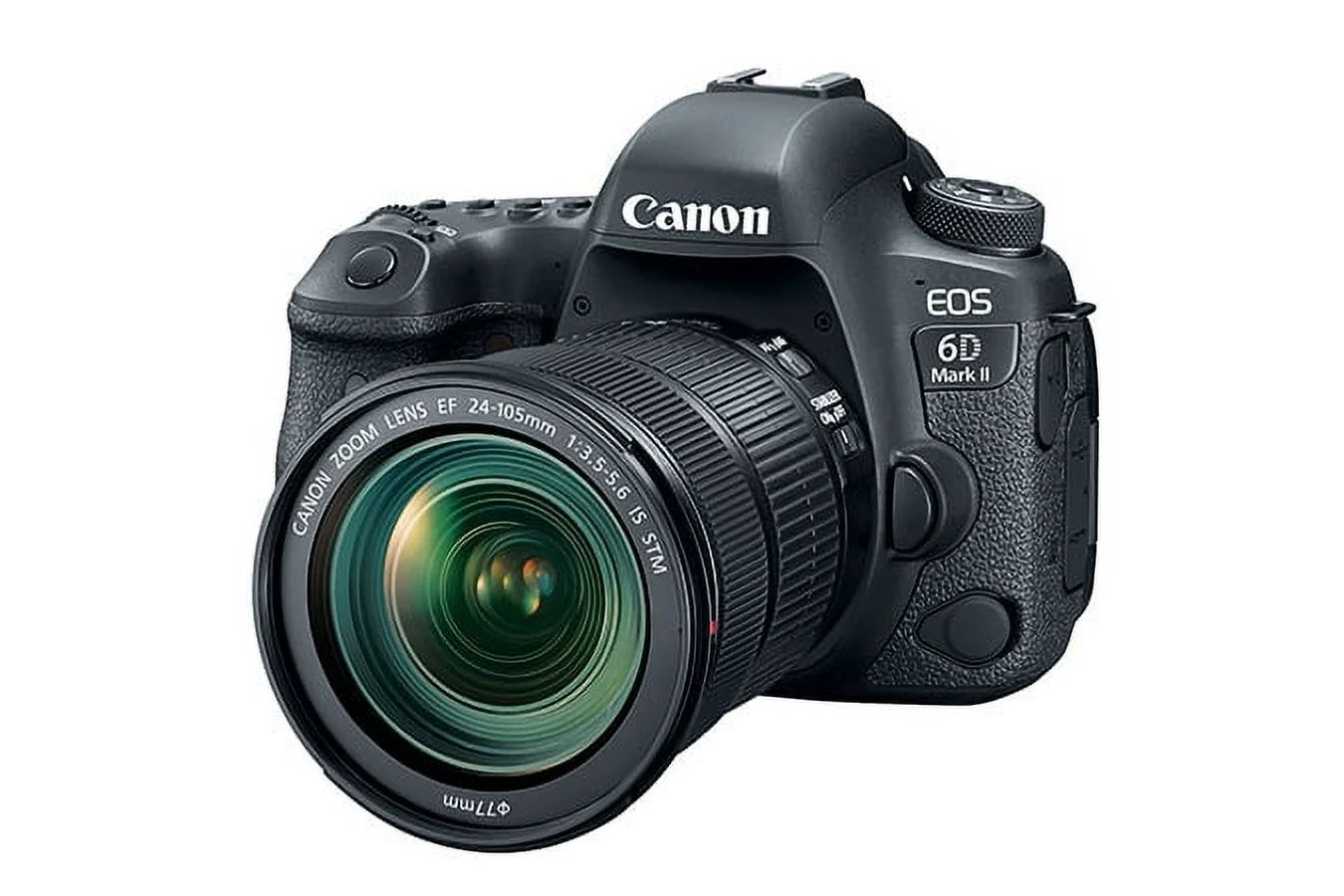
The Canon EOS 6D II is a strong full frame DSLR camera made for professional photographers. It has a 26 megapixel sensor, which helps take clear and detailed pictures with beautiful colors. This camera works well in low light, making it great for indoor and night photography. It also has a fast and precise autofocus system, helping you take clear pictures, even of moving subjects. The flip out touchscreen makes it easy to take pictures from different angles, and the built in Wi Fi and Bluetooth let you quickly send photos to your phone.
For video recording, the Canon EOS 6D II records in Full HD, which is good for most professional needs, but it cannot record in 4K. The camera is strong and can handle different weather, so it can handle different conditions when taking pictures outside. But it is big and heavy, which may not be best for travel. Also the battery lasts long, but bringing an extra battery is a good idea for long shoots. The Canon EOS 6D II is a great choice for professionals who want high quality pictures, stable performance, and helpful features in a DSLR.
Pros
- Takes clear and detailed pictures
- Good in low light
- Flip out touchscreen
- Can handle outdoor conditions like rain and dust
- Built In Wi Fi and Bluetooth
Cons
- No 4K video
- Big and heavy
- Limited autofocus for video
- Single memory card slot
- Expensive
9.Nikon Z 6

The Nikon Z 6 is a high quality mirrorless camera made for professional photographers. It has a 24.5 megapixel sensor, which helps take clear and detailed photos with great colors. The camera has quick and accurate autofocus, making it easy to take moving subjects like sports or animals. Since it is a mirrorless camera, it is smaller and lighter than regular DSLR cameras, making it easier to carry. It also has built in image stability, which helps reduce blur when taking photos or videos.
For video, the Nikon Z 6 records in 4K, which is great for professional video makers. The touchscreen and digital camera viewer make it easy to use, and the camera has Wi Fi and Bluetooth, so you can share your photos quickly. But, the battery doesn’t last long, so you may need extra batteries. It also has only one memory card slot, which might be a problem for people who take a lot of photos. The Nikon Z 6 is a strong camera that is great for both photos and videos.
Pros
- Takes clear and detailed pictures
- 4K Video recording
- Fast autofocus
- Small and easy to carry
- Built in image stability
Cons
- Short battery life
- Only one memory card slot
- Limited lens options
- Expensive
- No built in flash
10.Nikon D850
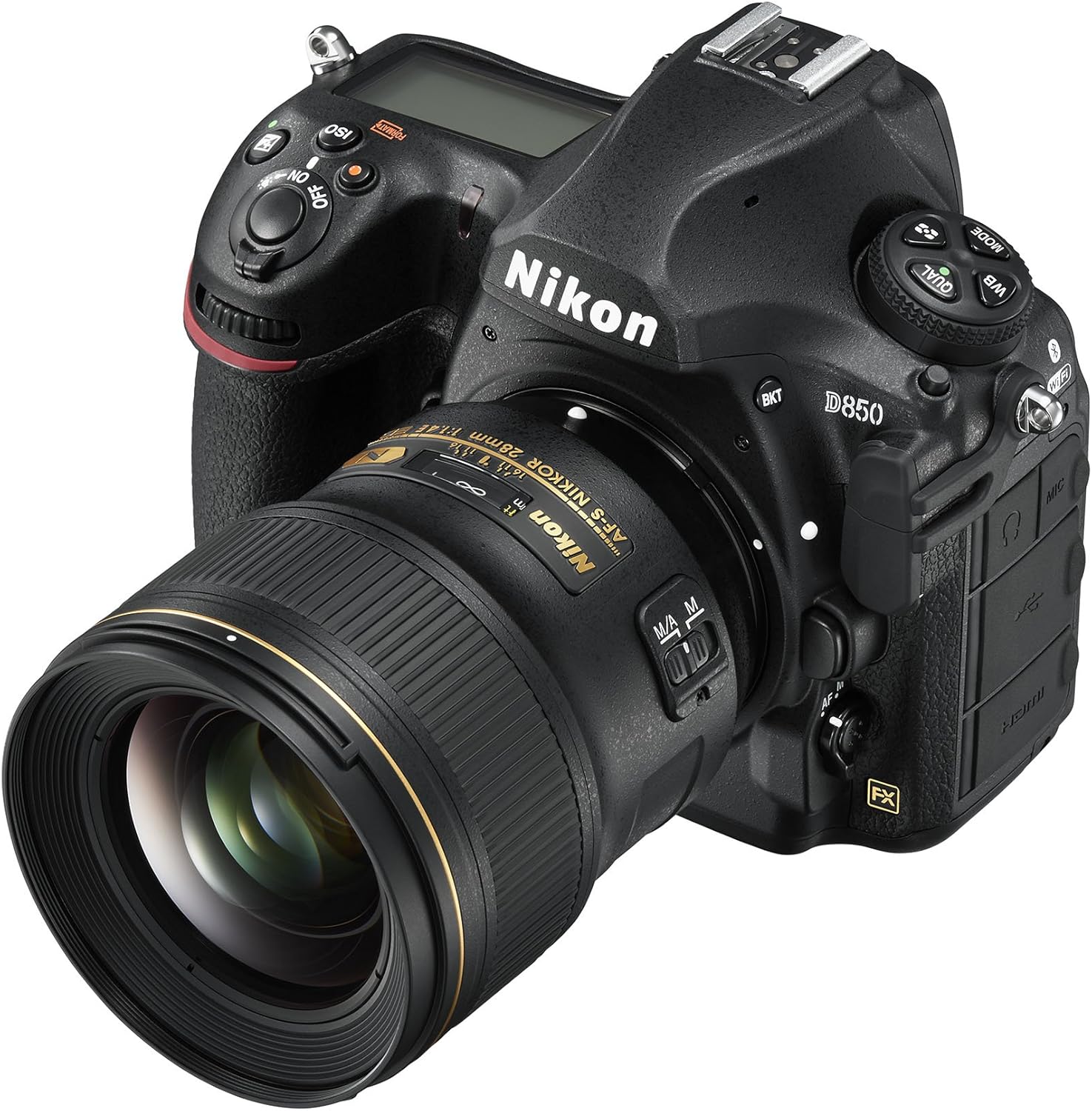
The Nikon D850 is a strong DSLR camera made for professional photographers. It has a 45.7 megapixel sensor, which helps take clear and detailed photos with beautiful colors. The camera works well in dark places, making it great for indoor and night shots. It also has quick and accurate autofocus, making it easy to take moving things like sports or animals. The battery lasts a long time, so you can take lots of photos without worrying about charging.
For video, the Nikon D850 records 4K, which is great for professional videographers. The camera is strong and can handle different weather, so it can handle different outdoor conditions. But it is large and heavy, which makes it harder to carry. Also since it is a DSLR, it does not have the small and lightweight design of mirrorless cameras. The Nikon D850 is a high quality camera that takes great photos and videos, making it a good choice for professionals.
Pros
- Takes high quality images
- Great in low light
- Long battery life
- 4K video recording
- Can handle outdoor conditions like rain and dust
Cons
- Big and heavy
- Expensive
- Live view autofocus is slow
- No built In flash
- Not mirrorless
Conclusion
Choosing the right camera depends on what you need, your skill level, and what kind of photos you want to take. Beginners may like simple models like the Canon EOS Rebel SL3, Olympus OM-D E-M10 III, or Canon Ixus 185 HS, which have easy controls and automatic settings. For those who want more control over their photos, cameras like the Nikon D3500 and Panasonic TZ200/ZS200 give you manual settings while still being easy to use. If you need a camera for family trips or outdoor activities, the Nikon Coolpix W300 is a great choice because it’s tough and waterproof.
For experienced photographers, professional cameras give better image quality, quicker focus, and more advance settings. The Fujifilm X-T3, Canon EOS 6D II, Nikon Z 6, and Nikon D850 are great choices for professionals who need high performance cameras. These models take clearer pictures, work better in dark places, and give you more control over your photos. If you’re a beginner or a professional, there is a camera on this list that can help you take amazing photos.
Read Next: Top 5 Best Cameras for Macro Photography


